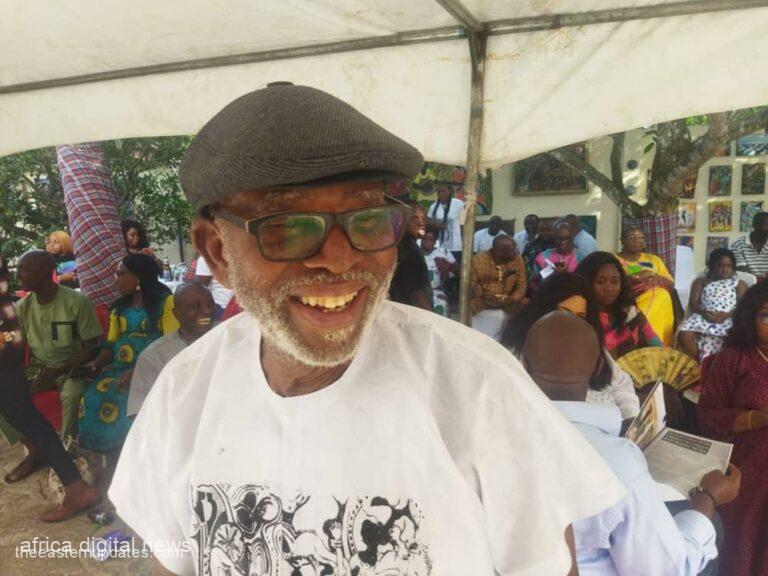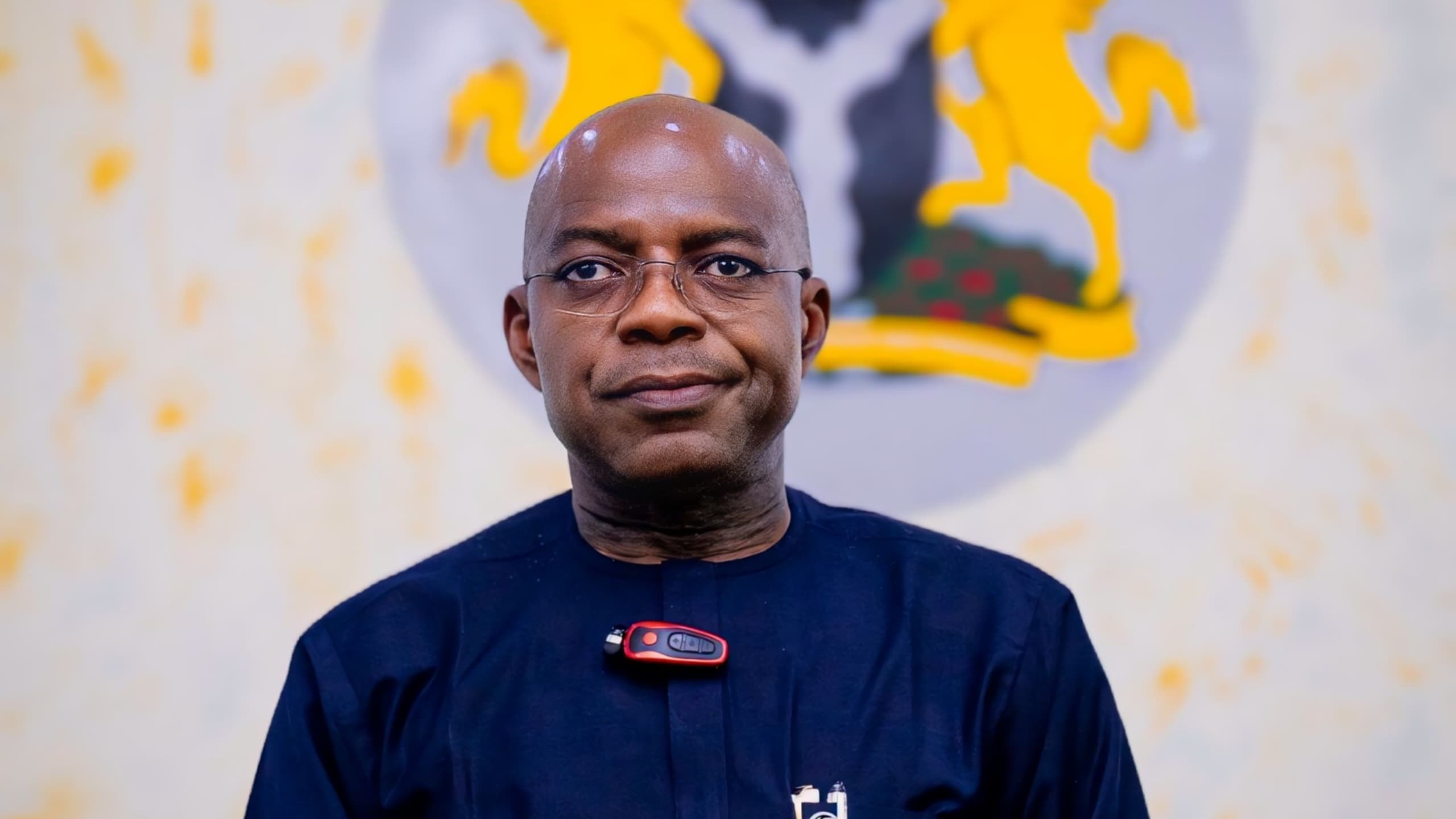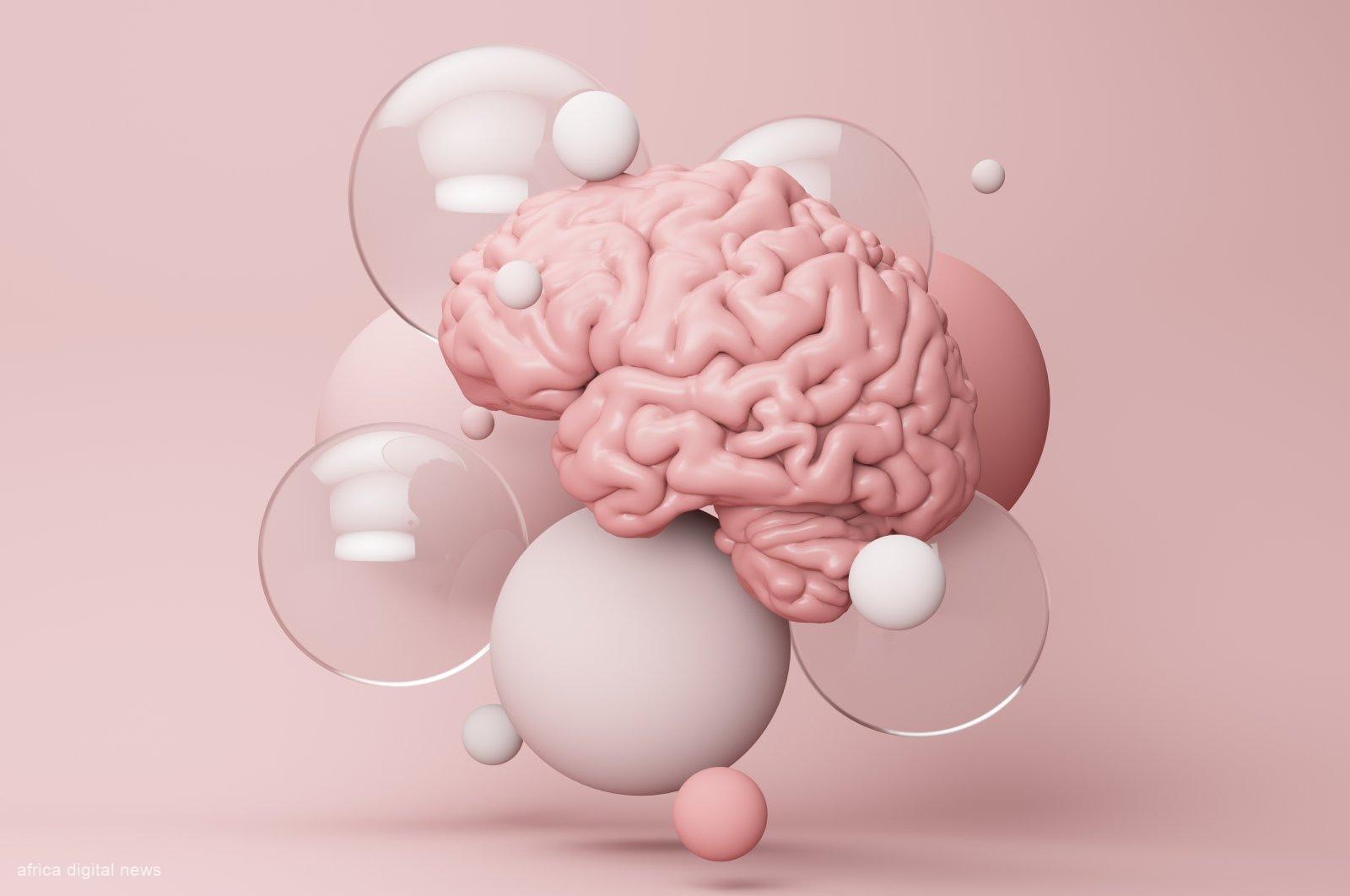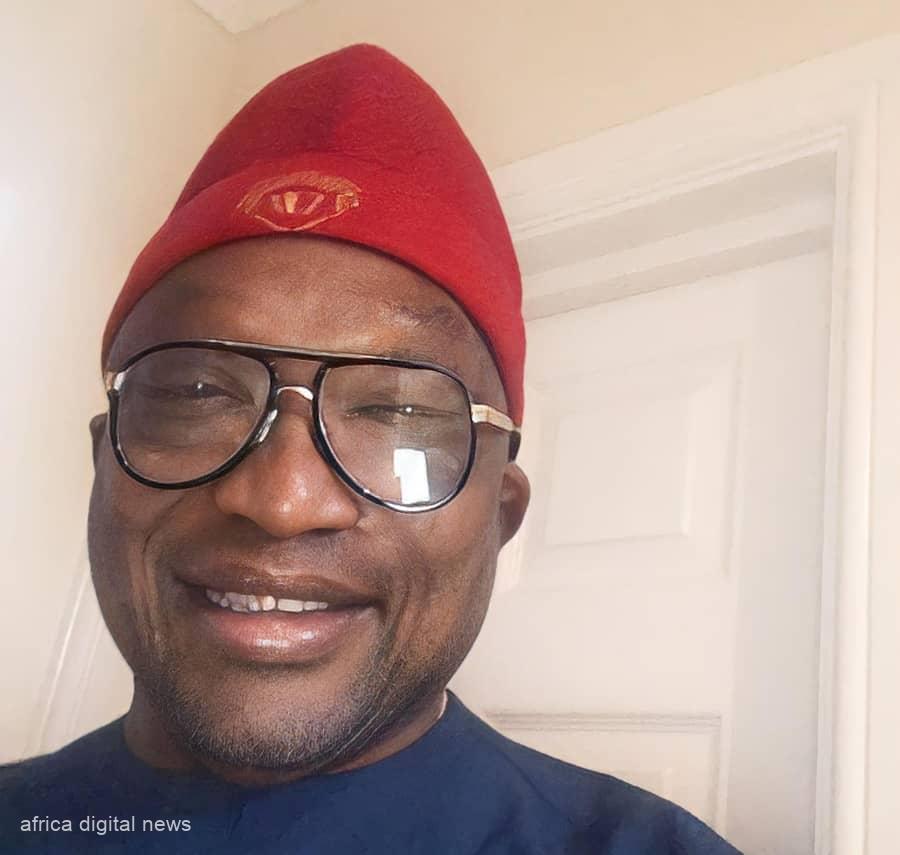Right there in Umuocham-Emekuku, Owerri North LGA is the Paddy Obinna Arts Gallery which is home to what is perhaps the best personal Arts Gallery in Southeastern Nigeria.
Mr. Paddy Obinna is a household name in Imo State. He has managed to carve an identity for himself and has etched his name on the footprints of time. He is someone who dedicated a substantial part of his life to the preservation of Igbo culture and traditions through his artworks and his works speak for him.
‘Ndaa Paddy’ as he is fondly called is an Igbo cultural ambassador, philosopher, art curator, farmer, writer, and newspaper publisher in his art house at Emekuku, Owerri, Imo State.
The desperation of Ndaa Paddy to see that whatever is left of Imo arts and artifacts were preserved for future generations is the sole reason he had to convert his modest country home to a gallery.
Thankfully, that modest home turned art gallery was sometime last year listed by the government of Imo State through the Ministry of Tourism, Culture, and Creative Arts as one of the notable tourist sites in the State.
Not so long ago, Chantel Adanna Chinyere, an aide to Governor Hope Uzodinma, was at the magnificent art gallery to see things for herself. There, she discovered that the octogenarian was actually a school of art – a movement on his own!
Read Also: Paddy Obinna: A Statesman And A Curator
Mr. Obinna who is also an aide to the Governor himself, was on the ground as usual to do what he knows how to do best. He took his visitors through a tour of the edifice, showing them why the art gallery stands out in the country and beyond.
A visit to the art gallery was a wonder to behold. Just on opening the family gate, which was the entrance to the centre, one will be greeted with a series of artworks on both sides of the vast compound. On the left side close to the adjoining wall, lie piles of painting works that depict the tradition, norms, beliefs, values, and deities of the Igbo society.
There are also ancient and contemporary Christian values and symbols. He was there to provide distinctive explanations about the potency, agility, and behaviour of some of the known Igbo deities, such as ‘Ala’, Ikenga, Amadioha, Igwekala, Agwuishi, Njoku, Njokuji, Anyanwu, Idemili, and Ogbunabali.
One thing that will capture the fancy of any visitor at the art gallery is how Paddy Obinna was meticulous enough to affix extracts against each deity for proper identification and relationship with the other. That way, even without a guide, any visitor to the art gallery will have the time of his or her life at the centre.
A dash to the right wing of the gallery will unveil an art rendezvous ranging from painting, sculpture, abstract, and semi-abstract: works that explain every stage of human society as well as some of the virtues especially those that have an immediate impact on the Igbo question in Nigeria today. Paddy Obinna is not just an artist. He is an intentional and widely-read historian.
Right there in the gallery is an old photographed image that profoundly tells the story of pre-and post-colonial Nigeria. Sir Paddy Obinna seized the opportunity to tell his visitors that it is the historical era. He showed them a painted grotesque image that explains the slavery expedition between 1900 and 2000.
In the most unique ways, stories and activities about the Nigerian civil war were told in pictures and paintings right there in the magnificent gallery. There are also sculptural monuments of the leaders of the Igbo race, the Igbo traditional institution, the influence of the Western explorers, and their exploitation of the Igbo nation, and Nigeria in general.
Paddy also showed his visitors an archival picture of a white colonial master on African soil being carried shoulder high by young men to a distant land (Eze ukwu eru ala). It was a great opportunity for the visitors to explore the library and learn many things about Nigerian and African history.
This gallery is not just massive in size, it is also very significant in value and quite relatable to human society. There, one will discover that every concept there is nothing short of amazing.
In the art gallery are tree stumps that are seemingly culver by nature with vivid imagery of different interpretations. Again, Sir Paddy came through and told his visitors everything they needed to know about them. He referred to the tree stumps as ‘chikpuru’ which literally means ‘constructed by God’. There was also the ‘akakpurus’. These are man-made which depict the arts and crafts of their creator.
The art gallery is certainly a place to be. It is a wonder to behold. Personalities like Paddy Obinna do not come by every day. They come once in a lifetime, and for Ndaa Paddy, he has undertaken to preserve the culture, tradition, and history of his people for the sake of posterity. Governments and private individuals ought to be partnering with him to drive this worthy initiative.
If by any chance you are an aficionado, or an art enthusiast, and you happen to be in Owerri, please seek out Paddy Obinna’s gallery. It’s in Emekuku, about a 15-minute drive from the city center. It is indeed a fascinating place to visit.










